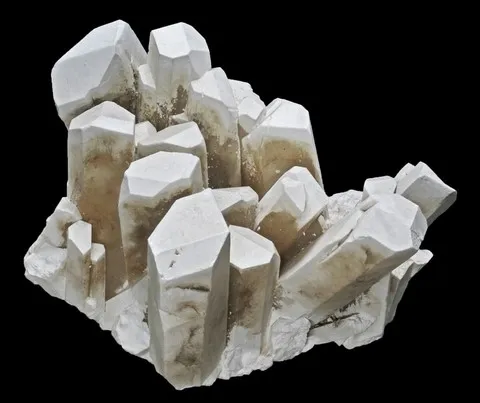
What are borates in mineralogy ?
Borates compose one subclass of the mineralogical class of "carbonates, nitrates, borates". This subclass comprises the minerals built up from the anionic complex BO33-. A large majority of borates are minerals from desert areas where they are formed by evaporation from salt lakes and closed seas rich in borate brines (of hydrothermal origin - volcanic probable). A borated deposit is usually made up of many borates, associated with halite and gypsum. They are light minerals, often with a density of less than 2 (except for colemanite where it reaches 2.4), of low hardness and generally white in color. Among the hundred or so known borates (130 to date), only 4 are common and have a real interest : kernite, borax (mineral in photo © Rock Currier), ulexite and colemanite. Borates, especially borax, are widely used. Its main customers are the glass industry (fiberglass, glass wool), ceramics (certain porcelain enamels), the chemical industry (preparation of fertilizers, detergents and weedkillers) and metallurgy (fluxes and metal oxide solvent).
